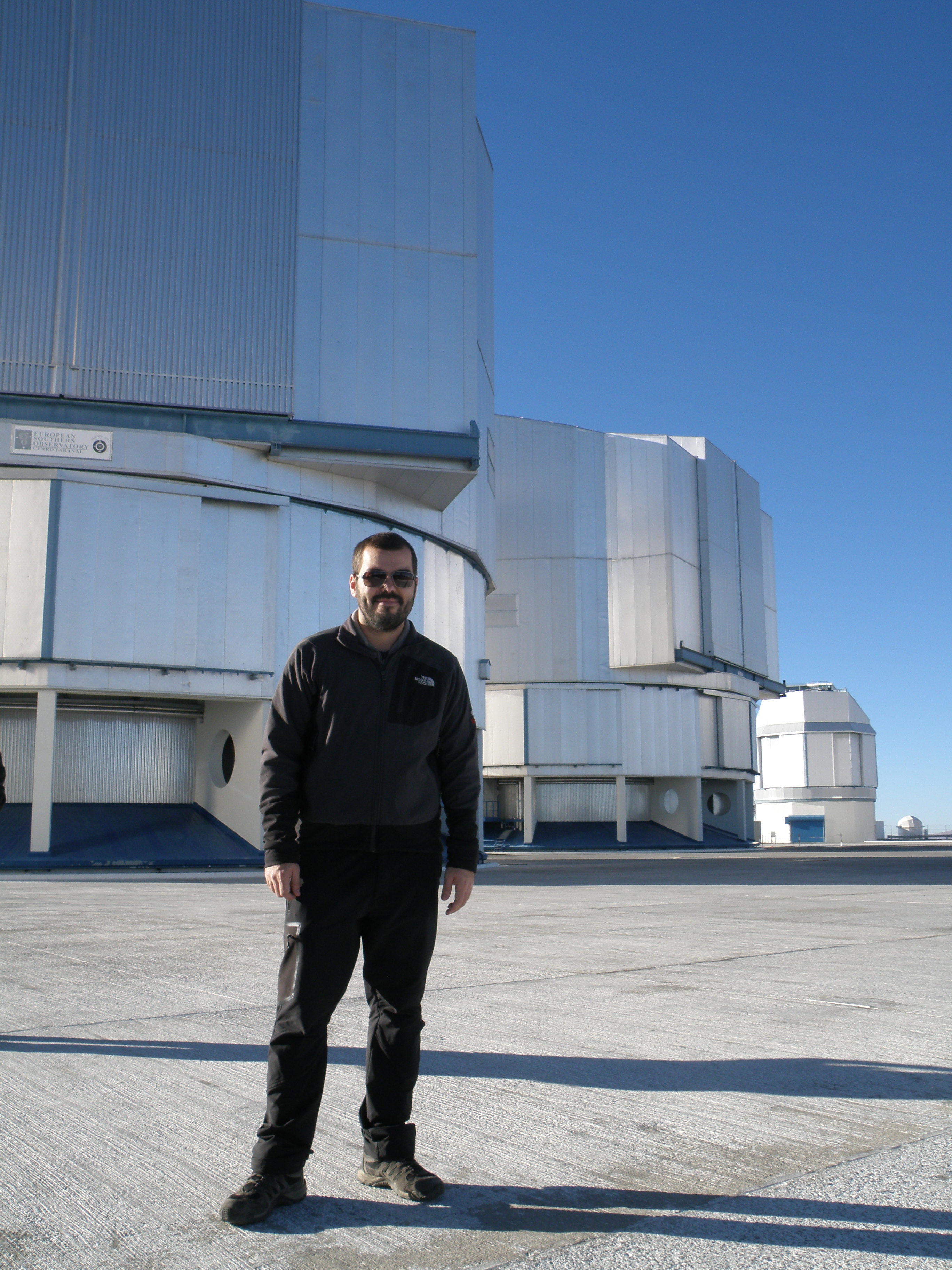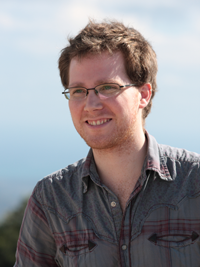
PhD: Universidad de La Laguna / Instituto de Astrofísica de Canarias (Islas Canarias)
Research Area: Stellar Clusters, Milky Way, dwarf galaxies
Publications: ADS (refereed)
Telephone: (+56 32) 250 8457
email: julio.carballo at dfa.uv.cl
About my research: My main area of research is focused on the detection and characterization of Galactic halo substructures, relics of its hierarchical formation (as suggested by Lambda-Cold Dark Matter simulations). I am interested in the study of Galactic stellar clusters to unveil the overall structure of the Milky Way and its origin.

PhD: Rijksuniversiteit Groningen, the Netherlands
Research Area: Massive stars in the Galaxy and galaxies, stellar winds, colliding winds, dust formation, winds-ISM interactions.
Publications: ADS
Telephone: (+56 32) 250 8457
email: This email address is being protected from spambots. You need JavaScript enabled to view it. - This email address is being protected from spambots. You need JavaScript enabled to view it.
About my research: Massive stars live fast and powerful lives and die young with a bang, leaving lots of marks to their host galaxies. My research focuses on the observation of mass and energy lost during different evolutionary stages of massive stars. Of particular interest is the interactions of these exerted matter and energy in multiple stellar systems, in clusters and in galaxies, either with other stellar winds or with the interstellar matter. One result of the interactions of stellar winds of massive stars is dust formation as observed around some massive stars in our Galaxy and in other galaxies. The puzzle I am trying to unravel is how dust can form in the violent environs of stellar winds of massive stars.

PhD: Pontificia Universidad Católica de Chile (2011)
Research Area: Evolution of Close Compact Binaries, Common Envelope Phase, Cataclysmic Variables, SNe Ia progenitors, Planets Around Evolved Binaries
Publications: ADS
Telephone: (+56 32) 299 5556
email: mzorotovic at dfa.uv.cl
Webpage: https://sites.google.com/site/mzorotovic/
About my research: My work is focused on the simulation of close compact binary stars, and the comparison of these with observational data. The aim is to achieve a better understanding of the common envelope phase, a phase that most of these stars undergo, which is a clue for understanding the evolution of some of the most interesting objects in the universe, such as type Ia supernovae, cataclysmic variables, or close double white dwarfs, to name a few. In addition, the recently suggested possibility of planets around evolved close compact binaries has raised the interest in knowing how they might have formed.


PhD: Universidad de Warwick, UK.(2012)
Research Area: White dwarfs, low-mass stars, compact binaries, eclipsing binaries.
Publications: ADS
Telephone: (+56 32) 299 5557
email: steven.parsons at uv.cl
About my research: I study binary star systems containing at least one white dwarf component. My main focus is high-precision studies of eclipsing systems, combining both high-speed photometry and high-resolution spectroscopy to determine ultra-precise fundamental parameters for both stars in the binary. The eclipsing systems also allow us to search for planets in orbit around the binary by timing the eclipses and observing any long-term trends in the eclipse arrival times. I also utilise large surveys, such as the Sloan Digital Sky Survey and the Catalina Real-time Transient Survey in order to discover new eclipsing systems. I am also searching for close binaries containing white dwarfs with more massive FGK-type main-sequence companions, since these are possible supernova Ia progenitors





